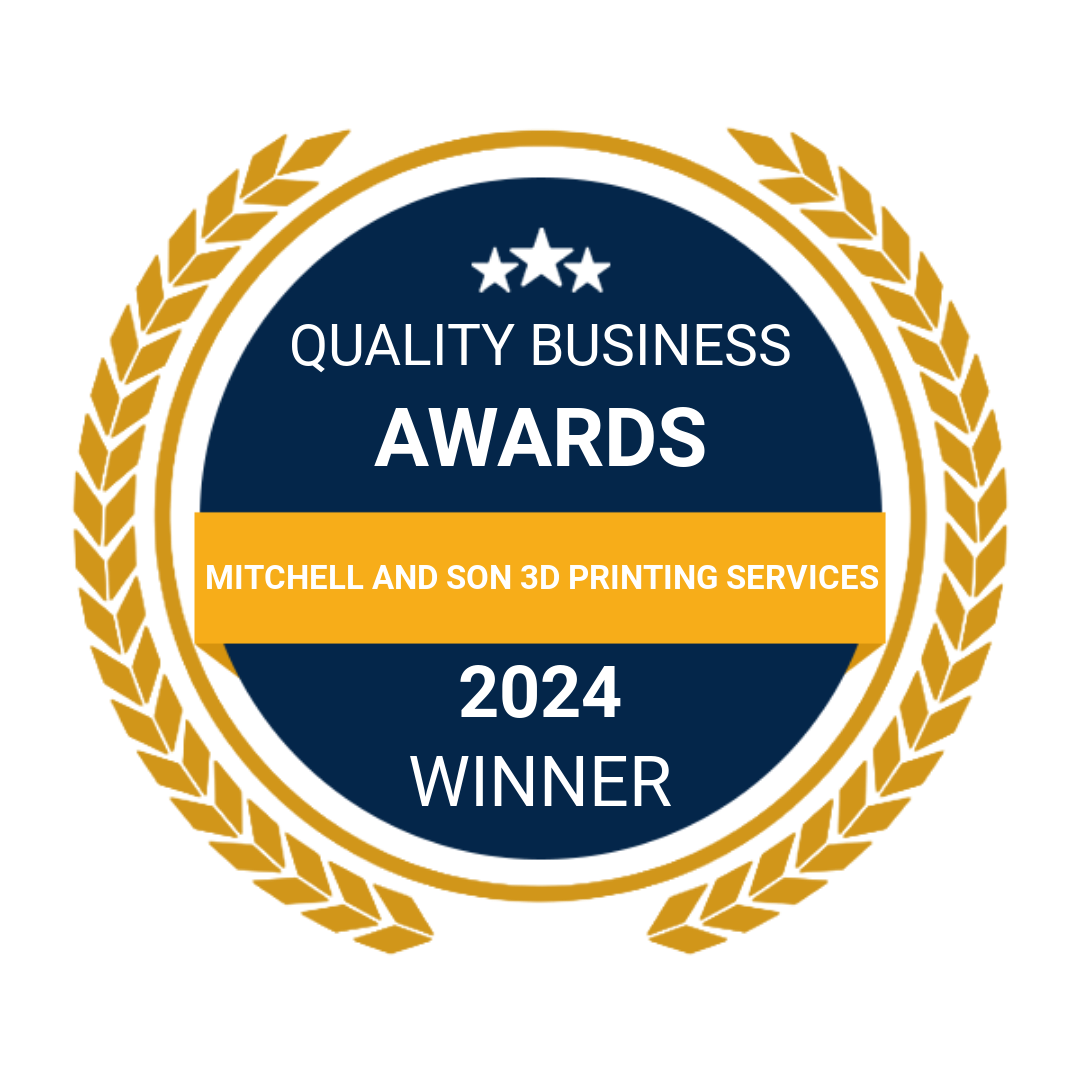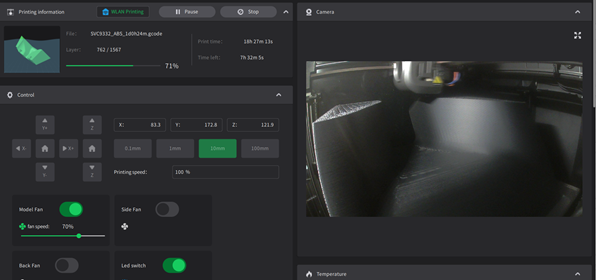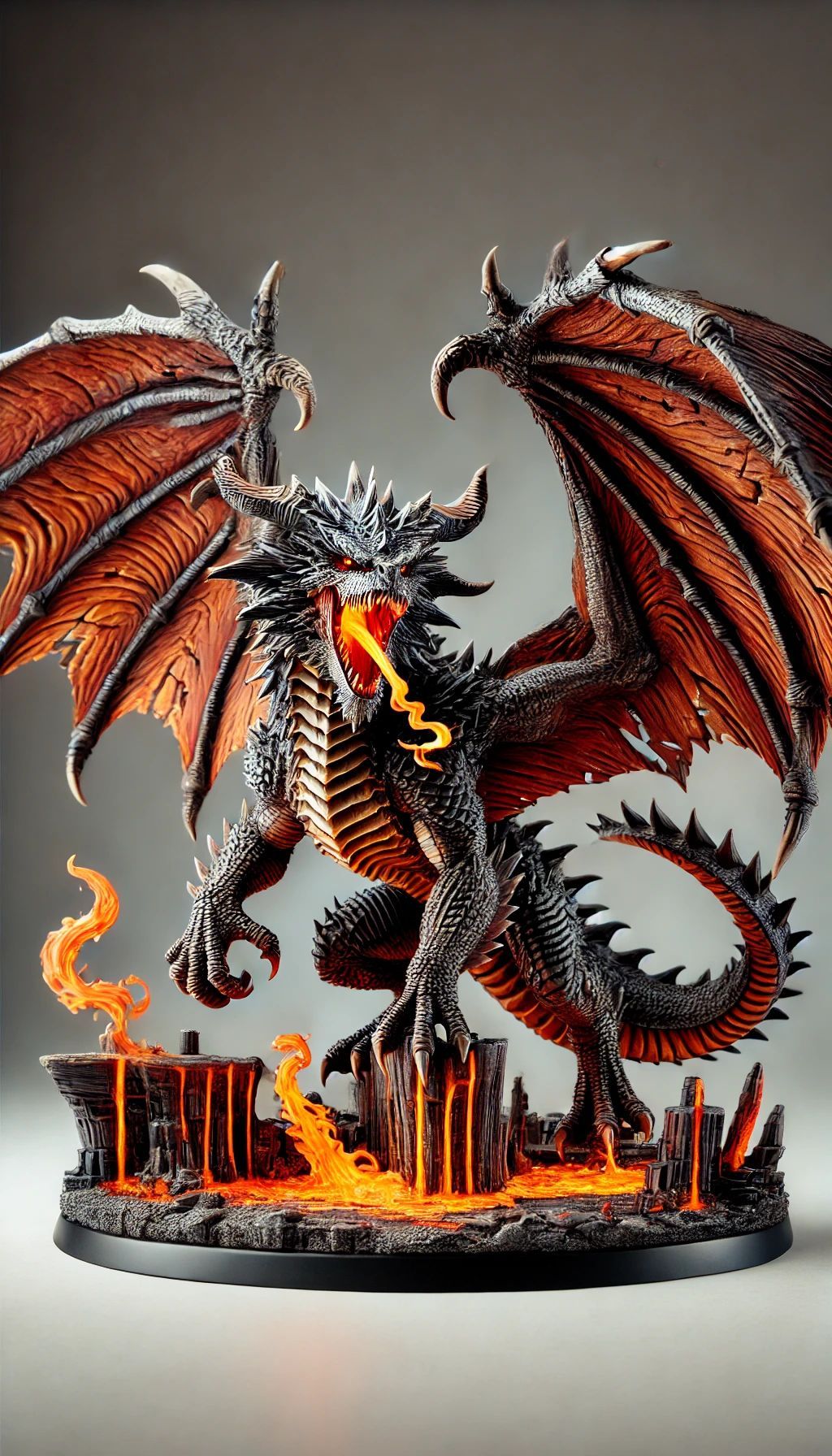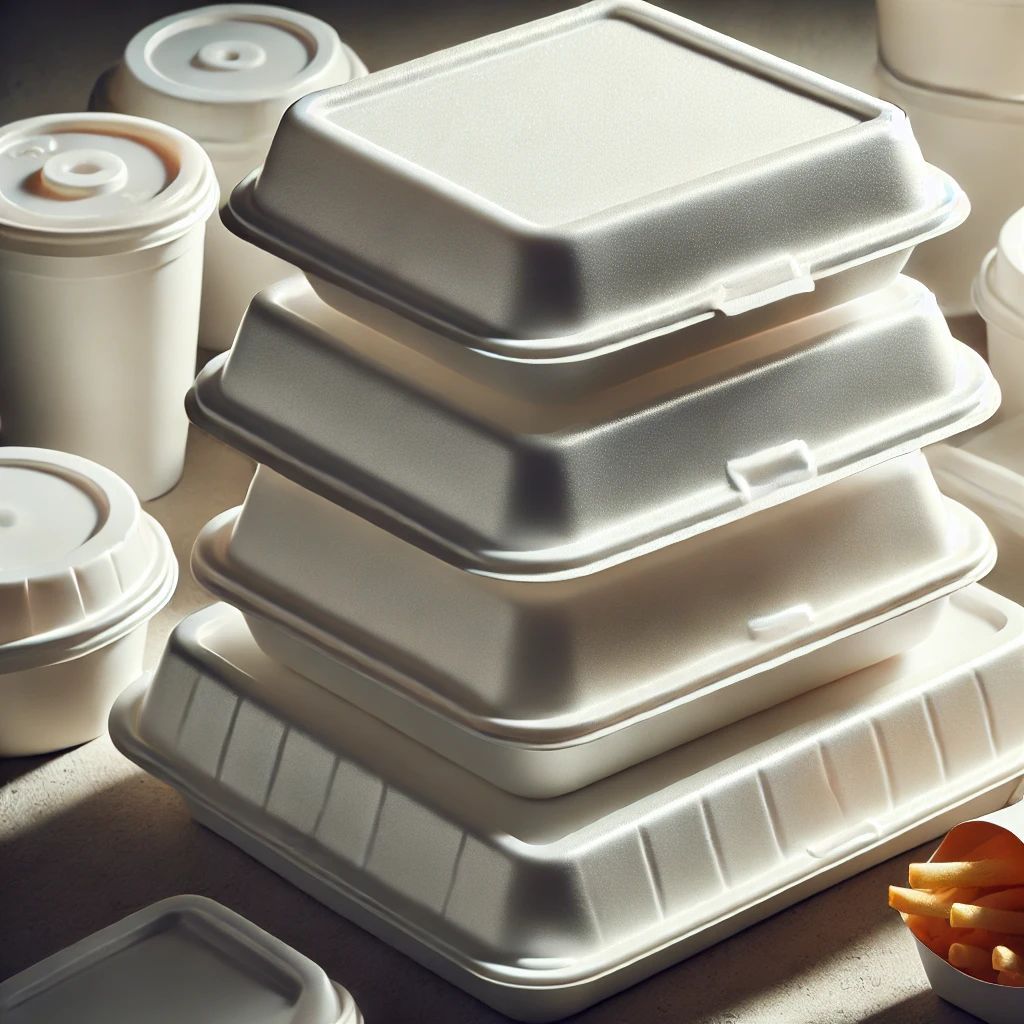3D Printing Your Architectural Models
3D Printing Your Architectural Models For The Ultimate Design Presentation

Today’s design professionals are looking for ways to take their presentations to the next level and wow their audience. This is why 3D printed architectural models are becoming more and more common when presenting new designs to clients or investors. When you think of an architectural model, you probably picture something small and static that doesn’t do much besides give you a general sense of what the final building will look like. While that may be true for some smaller models, there’s no reason why your design presentation has to be so limited. With today’s technology, you can combine standard architectural modeling techniques with 3D printing technology to give your audience a completely different experience. Let’s explore exactly how you can do this in your next presentation by creating 3D printed architectural models!
Why 3D Print Your Architectural Models?
Although you may be thinking, “Why would I make my models out of plastic when I can make them out of wood?”, there are actually many benefits to printing your models out of plastic. - Cost - When comparing the cost of producing a few large plastic models to the cost of constructing dozens of smaller wooden models, the choice becomes much clearer. - Time - 3D printing your models can take hours, whereas constructing models out of wood can take weeks. - Design - Models made out of wood are very limited in design, whereas models printed out of plastic can be anything you want them to be. - Durability - Wooden architectural models can easily be damaged by water or sunlight, but plastic architectural models can withstand almost anything. - Environment - Last but not least, plastic architectural models are much better for the environment than wooden architectural models.
The Importance Of A Great Presentation
A key part of any architectural design presentation is the architectural model. While you can use almost any model you want, the key is to choose a model that is realistic and impressive. For this reason, many designers opt for 3D printed architectural models, as they are incredibly realistic. While some people may still find traditional architectural models impressive, 3D printed architectural models are incredibly impressive. They are large, can be incredibly intricate, and can be very realistic. When paired with the right presentation, a great architectural model can have a big impact on the client’s decision. When it comes to architectural design, presentation is everything. A great presentation can get you the design that you want and help you land new clients. However, a bad or unimpressive presentation can ruin your chances at a successful design and even hinder your ability to find new clients. For this reason, a great architectural presentation is essential.
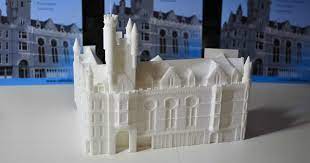
3D Printing In Presentations: A Short Introduction
If you’re unfamiliar with 3D printing, the concept is actually quite simple. You create a digital model of your design and then use 3D printing technology to create a tangible, physical model of that design. While this is standard practice in some industries, architects and designers are just now starting to catch on to the benefits of 3D printing architectural models.
One of the biggest benefits of 3D printing your architectural models is the ability to customize the model to your specific needs. With a traditional architectural model, you are limited to the design that you created. However, with a 3D printed model, you can change the design as needed. A great example of this is swapping out different materials for different parts of the model. You can create an intricate roof using computer software and then print that roof out of a material that is almost indestructible.
3D Printed Models Are Interactive
Another great thing about 3D printed architectural models is that they are interactive. This means that people can actually interact with these models and alter them in some way. For example, your model could have a button or lever on it that the client can push to open up a drawer. The drawer can then contain information about the design or information about the construction of the building or materials. The possibilities for interactive models are endless and limited only by your imagination.
3D Printed Models Are Great for Presentations
When you are giving a presentation about your architectural model, the 3D printed models will look great. They will be able to show off the design in a way that is not possible with traditional models. Also, it will be easy to show the design at different angles and perspectives because of the ability to change and customize the model as needed.
3D Printed Models Are Large And Life-Size
Another great thing about 3D printed architectural models is that they are large and life-size. This means that your model will actually be the same size as the final product. This can be incredibly impressive for both your clients and your audience. For example, if you are designing a new house, your model can be exactly the same size as the house that will be built. This allows your audience to get a real sense of what the finished product will be like. It also allows them to interact with the model in a way that isn’t possible with smaller, traditional architectural models.
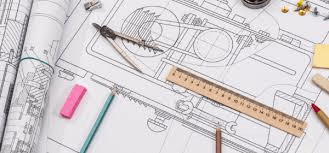
How To Create An Interactive, 3D Printed Model?
Once you’ve chosen your design and have created your model, you’re ready to 3D print your architectural model. This is actually the easiest part of the whole process. Once you’ve completed your model, you will want to create a 3D model file. This file is essentially the code that tells your computer to print the model. Once you’ve created the file, all you have to do is send the file to your 3D printing company of choice and they will take it from there. Once your model has finished printing, you can use it for your presentation or you can sell it to earn a bit of extra cash.
Conclusion
Architectural models are an essential part of any architectural design presentation. While you can use almost any model, the best models are large, life-size models that can be customized to your specific design. For this reason, 3D printed architectural models are becoming more and more common. If you’re looking to take your presentation to the next level, there is no better way than by investing in some 3D printed architectural models. They are large, life-size models that can be customized and interactive in ways that traditional architectural models simply can’t be.


